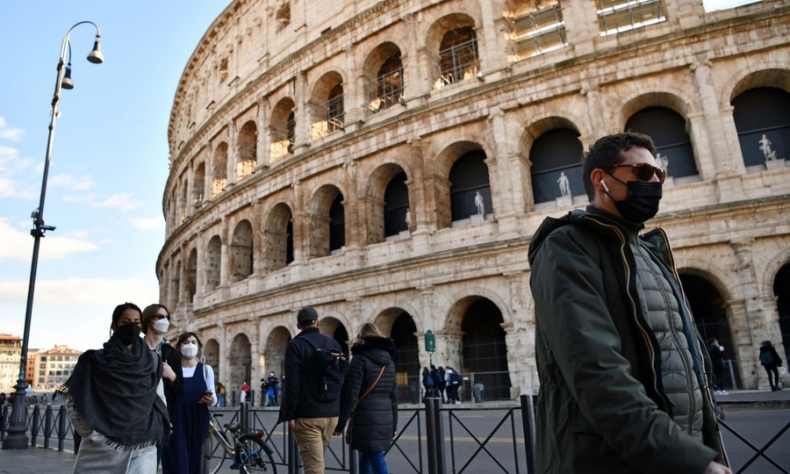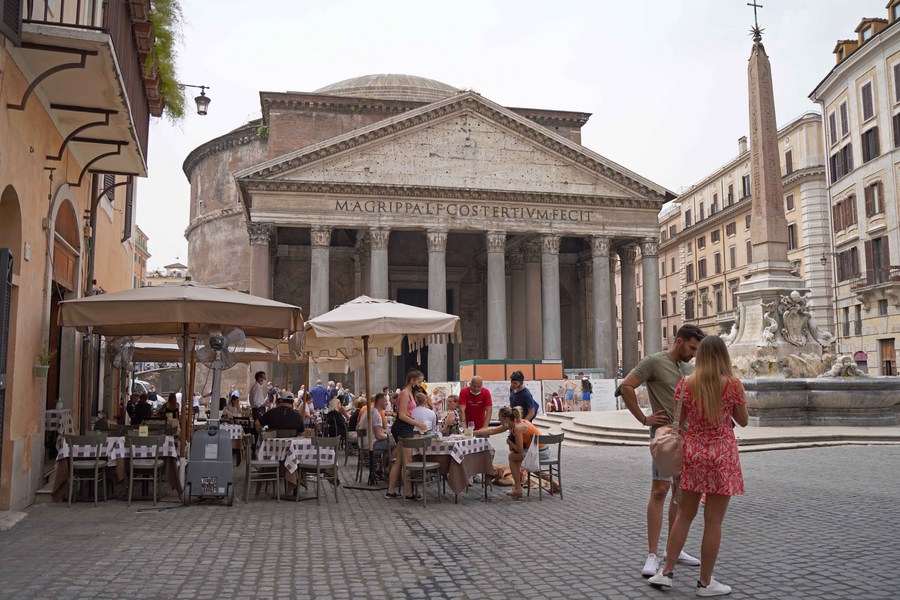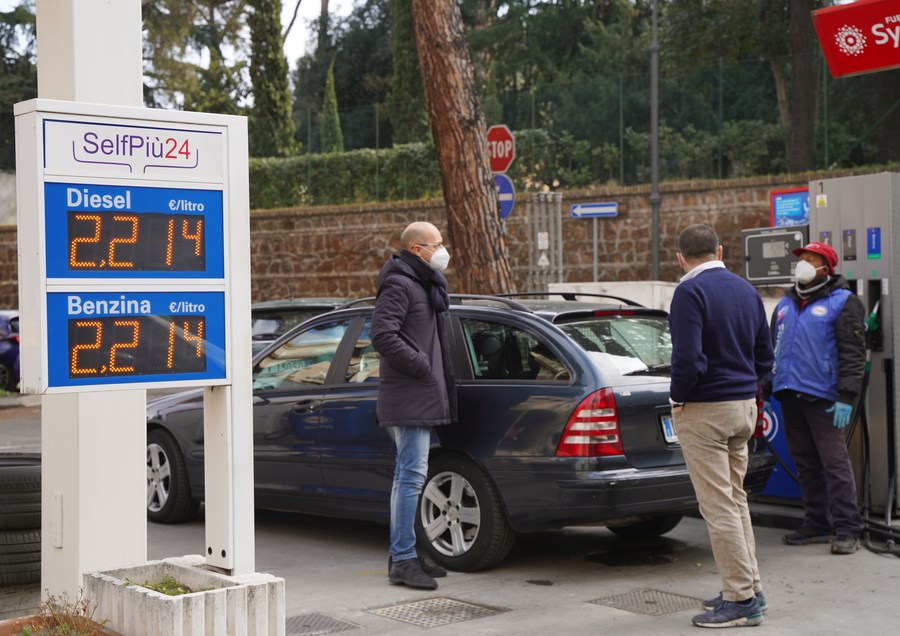Stability Matters for Italy

Political certainty and calmness matter for Italy. This is not only relevant to the implementation of the recovery plan with EU funds but also to the need of stabilizing the economy amid the ongoing instability caused by the war in Ukraine.
The Italian political scene is traditionally characterized by tense disagreements among parties. Since February 2021, Mario Draghi, former President of the European Central Bank, has successfully headed a cabinet following a difficult period that lasted from the June 2018 election until the day he came to office.
A critical element in Draghi’s tenure is that his administration is being endorsed by all parties in parliament—with the exception of the right-wing Brothers of Italy. The reelection of Sergio Mattarella as president of Italy in January put an end to political rumors about Draghi’s potential interest in moving to the top institutional post, and gave him more time to complete his work.
The Italian economy grew by 6.6 percent in 2021. Furthermore, official statistics demonstrated that unemployment for young people between 25 and 34 years old declined last year. In particular, it fell from 16.4 percent in the first trimester to 13 percent in the last one. This was also the case for people in the age range between 35 and 44. Unemployment here dropped from 9.2 percent in the first trimester of 2021 to 7.8 percent in the last one.
In 2021, Italy’s deficit-to-GDP ratio stood at 7.2 percent in comparison to 9.6 percent in 2020, and the debt as a GDP percentage was 150.4 percent, while it came in at 155.3 percent the year before. The country, however, remains the second most indebted country in the eurozone, after Greece, Eurostat data showed.

Under the Draghi administration, Sino-Italian trade is booming. The Italian Government’s statistics on foreign markets showed that its exports to China increased by 22.1 percent in 2021 to 15.6 billion euros ($16.7 billion), compared to 12.8 billion euros ($13.7 billion) the year before; imports from China rose by 19.4 percent to 38.5 billion euros ($41.2 billion) from 32.1 billion euros ($34.3 billion). Data from January and February were also telling. They showed a 2.5-percent increase for Italy’s exports and an impressive 58.7-percent increase for its imports.
Political certainty and calmness matter for Italy. This is not only relevant to the implementation of the recovery plan with EU funds but also to the need of stabilizing the economy amid the ongoing instability caused by the war in Ukraine.
Speaking at the World Economic Forum Annual Meeting in Davos, Switzerland, Italian Minister of Economy and Finance, Daniele Franco, concentrated on the resilience of the Italian economy and anticipated it would grow by approximately 3 percent in 2022—without dramatic new extra shocks. The initial estimation before the war was 4.7 percent.
Higher prices are obviously the most important concern. According to the Confederation of Italian Industry, Russia supplied 38 percent of Italy’s natural gas in 2020-21. But Italy is much less dependent on grain imports from both Russia and Ukraine. Coldiretti, an organization of Italian agriculture entrepreneurs, measured the percentage of imports from the former at 2.3 percent, and from the latter at 2.7 percent out of Italy’s grain purchases from overseas sources. Of course, beyond the numbers themselves, the country is also looking at the broader impact of the war on other economies as well as on supply chain disruptions.

The Draghi administration is endeavoring to respond to the crisis by offering some extra allowances to citizens, reducing gas prices, and imposing higher taxes on energy companies. On the whole, the majority of citizens appear satisfied in relevant opinion polls. An Ipsos survey showed its approval rate vacillated from 55 percent to 58 percent from the beginning of the year until the end of May.
Italy is coping with unprecedented challenges. The political landscape, however, is still fluid. On June 12, Italians will vote on local elections and on a referendum about the justice system, and on June 26 the second round of local elections will take place. In view of the 2023 national election, most opinion polls give a small lead to the Brothers of Italy party, followed by the Democratic Party. In the interim, Giorgia Meloni, who leads Brothers of Italy, might build a right-wing coalition with the League and Forza Italia. The leader of the Democratic Party, Enrico Letta, for his part, is struggling to empower what is being called the “campo largo,” or wide field in domestic politics, an effort to bring pro-EU, center, and center-left parties to the same camp.
Time will tell if stability inspired by Draghi will be a spontaneous or a more permanent political element in Italy.
The author is director of the EU-China Program at the Centre International de Formation Européenne from Greece.
 Facebook
Facebook
 Twitter
Twitter
 Linkedin
Linkedin
 Google +
Google +










